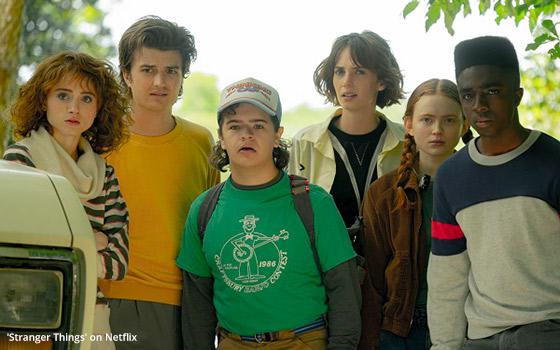AUTOMOTIVE
Automotive TV
Spending Up Nearly 38% In May
Automakers spent 37.6% more on their national TV
advertising spend in May compared to the same month a year ago, per
iSpot.tv.
The total estimated spend on TV was $199.8
million compared to $145.2 million.
Meanwhile, TV ad impressions dropped 1.9% year
over year (down to 25.8 billion compared to 26.3 billion.)
The top five brands by spend for the month were
Toyota ($23.6 million), Kia ($15.6 million), Lexus ($14.7 million), Chevrolet
($12.0 million) and Buick ($12.0 million).
The most-seen automaker ads for the month were
Cadillac: Lead the Charge (1.22 billion TV ad impressions),
Buick: Family’s New Alexa (1.08 billion), Infiniti: Wild World (742 million), Kia: Beachcomber (671 million) and Dodge: We Only Do Power (587 million).
Over half (51.07%) of Toyota’s national TV ad
spend in May was allocated to NBA games as the playoff field continued to
narrow, per iSpot.tv.
Kia was similarly basketball-focused, with over
47% of national TV ad spend put toward the NBA, and another 5.8% during TNT’s
"Inside the NBA." During the month, four of the top 20 NBA
advertisers were automakers, with Toyota and Kia joined by Nissan and Honda.
Automakers have a huge opportunity to get
messaging in front of large audiences during events like the NBA and NHL
playoffs, says Stuart Schwartzapfel, senior vice president, media partnerships
at iSpot.
"Some have been using those buys to
introduce 2023 models in their vehicle lines,” Schwartzapfel tells Marketing
Daily. “As summer begins, it’ll be interesting to see how much of auto
brands’ national TV advertising remains focused on moving 2022 inventory,
versus emphasizing those vehicles with more local ads instead.”
The top five brands by TV ad impressions for the
month were Toyota (2.73 billion), Lexus (2.31 billion), Chevrolet (2.16
billion), Hyundai (1.99 billion) and Cadillac (1.45 billion).
The biiggest spend increases among top 15 brands
by spend, May 2022 (vs. May 2021) were Infiniti ($5.8 million vs. very minimal
national TV ad spend in May 2021), Buick (up 437%), Toyota (up 178%), Chevrolet
(up 132%) and Cadillac (up 94%).
With the NBA Playoffs back to its normal place
on the calendar, league advertisers like Toyota are showing large
year-over-year increases in spend for May since the comparison is mostly
against the end of the 2020-21 regular season, per iSpot.tv.
Meanwhile, Infiniti’s climb is fueled by a much
larger investment in the PGA Championship as well as various Fox News shows
when compared to last year (just $17K, put toward cable programming).
After minimal May spend was put toward NBA and
NHL games last year, over 46% of Buick’s spend this May was seen there.
Additionally, just 10.6% of Buick TV ad impressions were local this May, versus
45.3% in May 2021, per iSpot.tv.
The top programs for automakers by TV ad
impressions share of voice for the month were NBA (8.7%), NHL (2.8%),
SportsCenter (1.9%), 2022 PGA Championship (1.3%) and NASCAR Cup Series (1.1%).
Sports-related programming is once again a huge
source of impressions for automakers, and increases considerably
year-over-year. In May 2022, 27.3% of TV ad impressions were delivered by sports
programs, versus 20.1% in May 2021.
At the same time, auto brands actually saw a
smaller share of impressions during reality TV shows (11.4% vs. 13.0%), while
movies climbed slightly from 8.2% to 8.7% of auto impressions.
The top networks for automaker TV ad impressions
were ESPN (1.27 billion), NBC (1.14 billion), TNT (1.09 billion), Fox News (903
million) and CBS (893 million).
ESPN leads the way, thanks in large part to the
NBA Playoffs (39.4% of auto impressions on the network), while NBC leans more
on news and entertainment programming for automaker impressions instead –
though the network also aired the Kentucky Derby and Indianapolis 500, which
were both among the top 10 programs on the network by impressions served. Over
75% of May impressions on TNT were due to NBA or NHL playoff action, per
iSpot.tv.
Go Avs!





